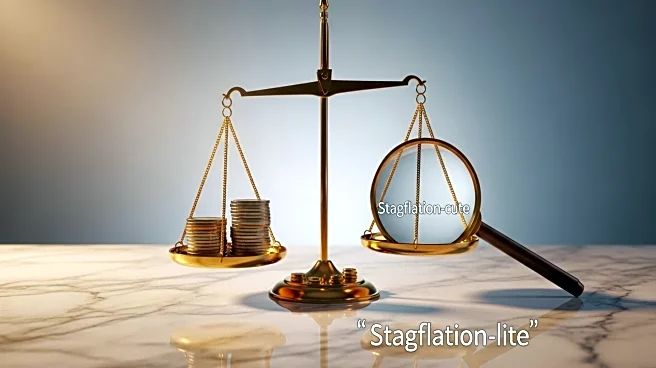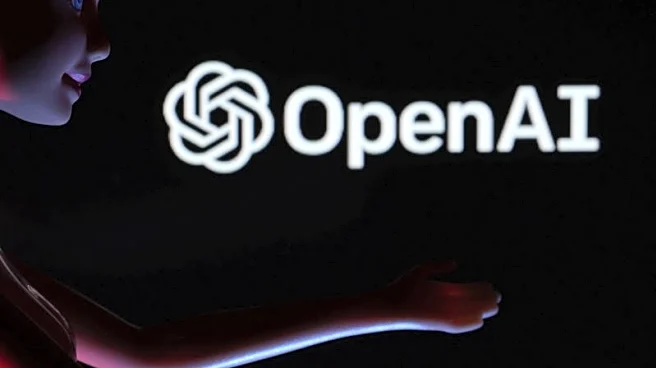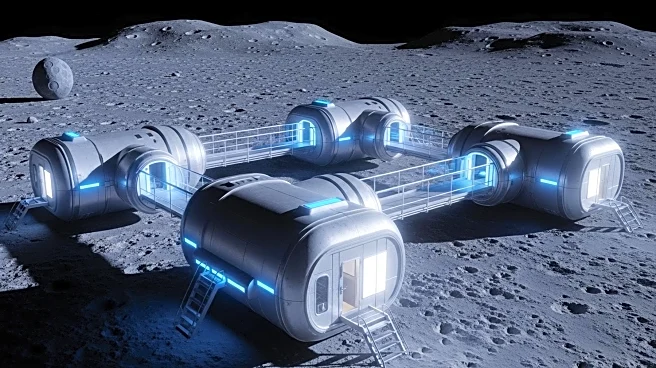What's Happening?
The cost of the high-speed rail line under construction between Las Vegas and Southern California has increased significantly, from an initial estimate of $16 billion to $21.5 billion. This development was revealed in documents published by the Department of Transportation. Brightline West, the private company responsible for the project, has requested a $6 billion loan from the federal government to help cover the increased costs. The company has attributed the rise in expenses to higher raw material and labor costs. Brightline West is also seeking to raise an additional $5.5 billion through equity. The project is one of two high-speed rail lines currently under construction in the United States, the other being the California High-Speed Rail Project linking Los Angeles and San Francisco.
Why It's Important?
The increase in costs for the Brightline West project highlights the financial challenges faced by high-speed rail initiatives in the United States. Unlike countries such as Japan and China, the U.S. lacks operational high-speed rail lines, which could potentially transform regional travel and reduce reliance on air and road transport. The project's success or failure could influence future infrastructure investments and the viability of high-speed rail in the U.S. The federal government's decision on the loan request will be crucial, as it could set a precedent for future funding of similar projects. The outcome will also impact stakeholders, including construction firms, local economies, and commuters who stand to benefit from improved transportation options.
What's Next?
The Department of Transportation has yet to decide on the $6 billion loan request from Brightline West. While Transportation Secretary Sean Duffy has previously praised the project, he has also expressed skepticism about state funding for high-speed rail. The decision will likely involve further discussions between Brightline West and federal authorities. If approved, the loan could facilitate the continuation of the project, while a denial might necessitate alternative funding strategies or project adjustments. The outcome will be closely watched by industry experts and policymakers as it could influence the future of high-speed rail development in the U.S.











